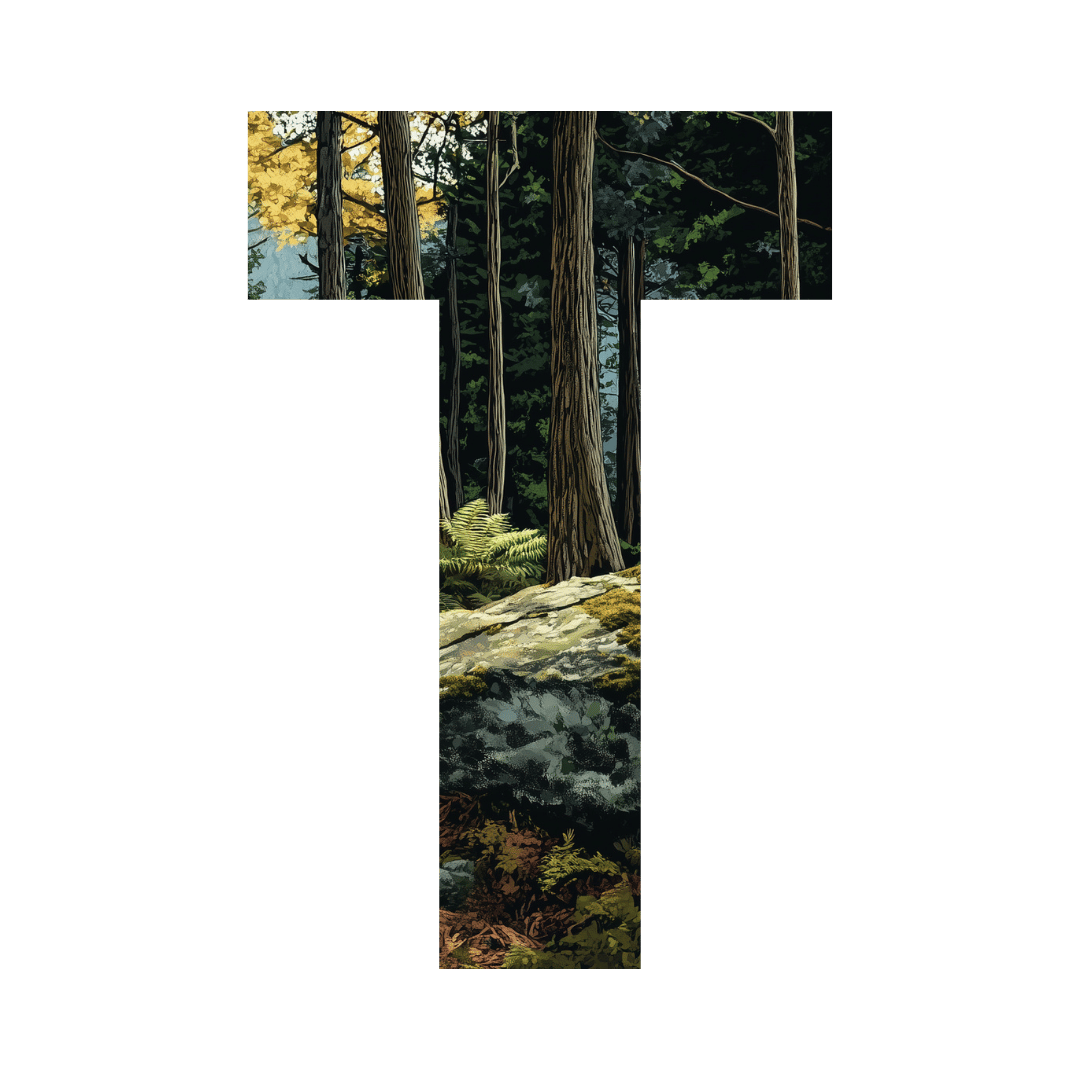- The New Ambition | Success Without Burnout
- Posts
- White-knuckle leadership is failing everyone
White-knuckle leadership is failing everyone
The leadership journey when uncertainty is the only certainty

Hi, It's Jen.
There’s a lot going on right now. That’s my understatement, and I’m sticking to it. You already know it’s all too much right now. You’re living it, too.
This week, I’m sharing research-backed ways to harness our considerable superpowers to help not just survive this (extended) moment of uncertainty, but to start leveraging it as a personal and professional catalyst.
While helping our teams navigate and succeed with grace.
In today's issue:
White-knuckle leadership is terrible for everyone
Wellbeing as a competitive differentiator
The TRAILmap for leading through uncertainty
Read time: 7 minutes
Default
Last week, while speaking with a tech leader I admire, the conversation took a turn. What was a conversation starter, “what’s going on in your world?”, immediately shifted the tone. Her response?
“I’m just trying to protect my team and keep pushing through.”
It hit me hard. I thought about all the times I “kept pushing”, trying to shield my team from what I thought might cause them additional anxiety.
I think of it as "white-knuckle leadership". We’re gritting our teeth, pushing hard to manage more with less, and hoping things improve. In reality, so many of those things are completely out of our control. We can’t shield our team from global unrest, the accelerating impact of AI on the future of work, and the impact all of it has on business.
Today’s work environment is aptly defined by my least favorite word: unprecedented. And it’s causing 87% of businesses to delay strategic decisions and 66% of workers to report experiencing burnout.
We recognize our teams are struggling, but we’re often powerless to address the root causes.
But “white-knuckle leadership” makes for dangerous terrain. Leaders absorb stress while trying to shield our teams, and teams live and work with the tension but feel uncomfortable addressing it openly.
The end result? The quiet majority of us are working in a state of chronic low-level anxiety masquerading as resilient productivity.
Ambition
What if we stopped shielding our teams and instead took on the role of trail guide?
I can’t shield the workforce from the impact of AI. Or tariffs. Or political unrest. I’m not a human shield, and neither are you. But I can improve my ability to understand the implications, to build my health and resilience, and set the right example on how to navigate what’s coming next effectively.
Also, our team members are professional, grown people. Most (if not all) are capable of (and responsible for) protecting themselves.
Yes, we should always try to make the workplace a better place by developing our leadership skills, but not at the expense of our own well-being.
By prioritizing our well-being and creating team support systems, we don't just survive uncertainty; we can transform our way of working through it for the better.
Research reveals that teams led by managers who practice self-care report 60% higher engagement and 25% higher job satisfaction.
And higher engagement matters. It improves productivity, reduces attrition rate, improves collaboration, decreases theft and absenteeism (and presenteeism). It also improves profitability. [Gallup, 2025 State of the Global Workplace Report].
By the way, women are built for this. Women leaders consistently see more opportunity in disruption than their male counterparts, rating 14 out of 15 disruptive forces as opportunities rather than threats.
We're 13% less likely to worry about losing our jobs due to disruption (although I’ll be writing about the data on this front next week), and 79% of us feel optimistic about GenAI's impact compared to 70% of men.
What this means: We're more organically wired for leading well in uncertain times. But we need to own it differently.
It’s time to put down the shield.
Gut check: How’s YOUR energy right NOW? Reply with your one-word description HERE
GO | DO
I live on the first peak of the incredible, lush, wild Blue Ridge Mountains. I grew up not too far from where I live now, and I’d spent my entire adult life trying to figure out how to get back here permanently. The travel lull during COVID made it possible, and I’ve been soothed by the wild nature that surrounds me daily since then.
I considered what one of the attendees at my recent Anti-Burnout workshop at edUcon 2025 asked: “What do YOU do to reduce your stress?” when thinking about how to share a cadence of personal and leadership resilience with you.
I’m not building my resilience by doing one thing. It’s happening over time. It’s a journey. And it struck me, it’s a TRAIL I’m on.
This week, I bring you the TRAIL framework, a journey for leading through uncertainty.
 | Truth-Telling Moments(Daily, 5 minutes) |
Start by acknowledging reality. Research shows that when leaders create space for honest expression, teams report feeling more supported and engaged.
NOW: Begin your next team meeting with "Green, Yellow, Red: how are you navigating things right now?" Listening is more important than fixing, but where you can support, confirm how you will. Share your own truth when appropriate.
 | Resilience-Building(Weekly, 20 minutes) |
Harness the power of nature-based stress management to build resilience. Studies show that just 20 minutes of forest exposure reduces stress hormones for 3-5 days. Even a short time outside in nature gives us measurable stress reduction and improves cognitive function. [Antonelli M, Barbieri G, Donelli D. Effects of forest bathing (shinrin-yoku) on levels of cortisol as a stress biomarker, 2019]
NOW: Find ways to bring the outdoors into your work and team connections. Add a recurring 20-minute block at least once a week for "leadership performance optimization" through nature exposure. Whether it’s a walk outside by yourself, in a 1:1, or if you’re remote, on a virtual nature walk with a team member.
 | Adapt Boundaries(Monthly) |
Transform your work environment by establishing (or adapting) clear and meaningful boundaries. Research shows that leaders who model effective boundary management experience 25% higher team engagement and reduce the risk of burnout.
NEXT: Identify one boundary you need to adapt or establish this month. Ask yourself: "What's one way I've been saying yes that I can transform into a strategic no?".
 | Intentional Energy(Monthly) |
Leverage evidence-based assessment tools, such as the Maslach Burnout Inventory (MBI), to proactively monitor your well-being. Studies show that leaders who monitor their well-being create more sustainable teams and better organizational outcomes.
NEXT: Complete a quick audit of your energy by using this early warning self-assessment. Make a note of where you’re not “in the green”. Consider going deeper by using the MBI to understand which (if any) burnout profile you match to - and what to do about it.
 | Leadership Compass(Quarterly) |
Show the value of true north by using your core values and organizational mission as guides for decision-making when data is incomplete due to uncertainty. Research demonstrates that purpose-driven leadership fosters alignment and confidence, even in the face of chaotic external conditions.
NEXT: Before your next major decision, ask, "Does this decision align with our values and long-term mission?". Use this tactic to move forward when traditional metrics aren't available. Add values alignment to your upcoming quarterly planning agenda.
Get In There
Research Worth a Read:
The American Psychological Association's “2024 Work in America Survey” explores the role of psychological safety in our evolving workplace.
A chunky study from Kim S, Lee H, Connerton TP. “How Psychological Safety Affects Team Performance”, 2020.
In Your Ear: “Find Your Allies Fast” from Simon Sinek’s A Bit of Optimism with guest Melinda French Gates on navigating transition, including when it’s a transition we didn’t want.
Inner Circle Trailguides Weigh InThis week, I'm excited to hear from the inner circle: What's the one TRAIL element you're most excited to try? |
P.S. Ready to lead through uncertainty with intention? I'm opening 3 strategic planning sessions in July for leaders who want to shift their approach from survival to sustainability. These conversations focus on building practical frameworks for maintaining your well-being while supporting your team's success. Grab time on my calendar